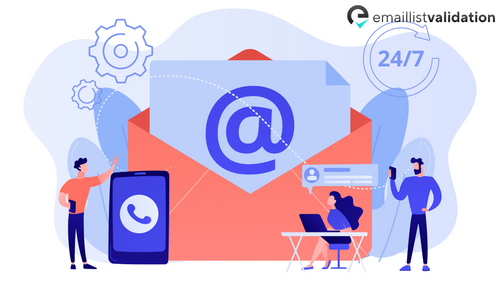In today's digital age, where email communication plays a central role in business, marketing, and personal interactions, ensuring the accuracy and legitimacy of email addresses is paramount. Email validation packages have emerged as essential tools to safeguard data integrity, reduce email bounce rates, and improve user experience. In this extensive guide, we will explore the world of email validation packages, their significance, implementation, and answer common questions to empower you with the knowledge needed to harness their potential.
The Essence of Email Validation Packages
Before we dive into the intricacies of email validation packages, it's essential to understand why they are a cornerstone of modern digital communication.
Why Email Validation Packages Matter:
Data Accuracy: Email validation packages ensure that the email addresses collected are accurate and valid, reducing the risk of sending emails to non-existent or incorrect addresses.
Enhanced Deliverability: Valid email addresses lead to higher email deliverability rates, ensuring that your messages reach the intended recipients and improving your sender reputation.
User Experience: Valid email addresses provide a seamless user experience, reducing registration errors and enhancing communication between businesses and customers.
Fraud Prevention: Email validation packages help prevent fraudulent registrations, reducing the risk of spam accounts and unauthorized access.
Implementing Email Validation Packages
Now, let's explore the steps to effectively implement email validation packages in your applications and systems.
Step 1: Choose the Right Package:
- Begin by selecting an email validation package that suits your programming language and platform. Popular choices include packages for Node.js, Python, Dart, .NET, and more.
Step 2: Install the Package:
- Install the chosen package using your package manager or by following the installation instructions provided by the package's documentation.
Step 3: Integrate the Package:
- Integrate the package into your application or system by importing its functionalities and incorporating them into your email validation process.
Step 4: Validate Email Addresses:
- Utilize the package's functions to validate email addresses in real-time or in bulk, depending on your requirements.
Step 5: Handle Validation Results:
- Implement logic to handle validation results, such as flagging invalid email addresses, providing feedback to users, or updating your database.
Common Questions about Email Validation Packages
As we conclude our exploration of email validation packages, let's address some of the frequently asked questions on this topic:
Q1: Do email validation packages guarantee 100% accuracy in email validation?
While email validation packages significantly enhance accuracy, no validation process can guarantee 100% accuracy due to the dynamic nature of email addresses and temporary domains.
Q2: Can email validation packages detect disposable or temporary email addresses?
Yes, many email validation packages include features to detect and flag disposable or temporary email addresses, helping you maintain data quality.
Q3: Are email validation packages suitable for both small-scale and large-scale applications?
Yes, email validation packages are versatile and can be used in applications of all sizes, from personal projects to enterprise-level systems.
Q4: Can I customize the validation rules in email validation packages?
Yes, many email validation packages allow you to customize validation rules and adapt them to your specific requirements.
Q5: Is real-time email validation better than batch validation with email validation packages?
The choice between real-time and batch validation depends on your use case. Real-time validation is ideal for user registration forms, while batch validation is suitable for cleaning existing email lists.
Conclusion
In conclusion, email validation packages are indispensable tools for anyone who values data accuracy, email deliverability, user experience, and fraud prevention in the digital age. By understanding their significance and implementing them effectively in your applications and systems, you can ensure that your communication is built on a foundation of trust, accuracy, and reliability. Embrace the power of email validation packages and elevate your data integrity and user experience to new heights.



